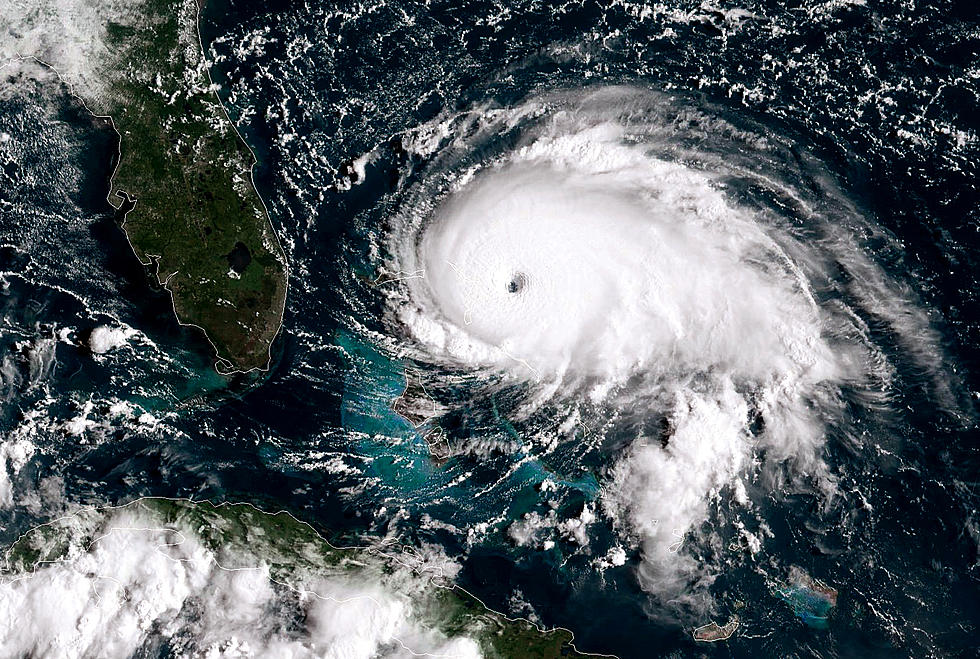
CSU Researchers Predicting Hail & Tornadoes 3 Weeks in Advance
Meteorologists and computer models can forecast thunderstorms up to a week in advance. Scientists can also read long-term, seasonal signals of severe weather months in advance, like for hurricanes. However, predicting a severe hail storm or a tornado a few weeks in advance is something that hasn't bee perfected...until now.
In a new paper in Journal of Geophysical Research: Atmospheres, researchers at Colorado State University have demonstrated the ability to make accurate predictions of severe weather across much of United States, including hail and tornadoes, 2-to-5-weeks-in-advance.
How Do They Do It?
To do it, they use a reliable tropical weather pattern called the Madden-Julian Oscillation, which can influence weather in distant parts of the Earth, including the U.S., by sending out powerful atmospheric waves.
Weather forecasting weeks in advance cannot pinpoint where individual tornadoes or hail storms will occur, but the researchers have shown they can forecast expected environmental conditions that are favorable for the formation of severe thunderstorms. Researchers were able to make accurate predictions of severe weather activity about 60 percent to 70 percent of the time. They used 37 years of data to cross-validate their predictions.
What's Next?
The researchers hope they can transition the work to forecasters who could test it out. The hope is that a forecaster would be able to alert the public of a period in which severe weather may be more likely a few weeks in advance.
More From K99









